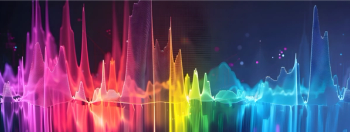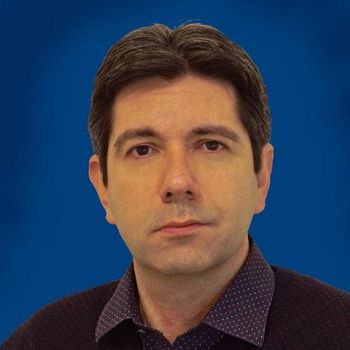
AB SCIEX and ARUP Laboratories Collaborate
AB Sciex will team up with Arup Laboratories to develop new test methods to improve hormone analysis using mass spectrometry.
AB Sciex (Foster City, California) will team up with Arup Laboratories (Salt Lake City, Utah), the clinical reference laboratory for the University of Utah’s Department of Pathology, to develop new test methods to improve hormone analysis. This collaborative effort, intended to enable hormone analysis using mass spectrometry, should make it possible to produce results previously unattainable in clinical research.
"The shift to mass spectrometry-based clinical research continues to rapidly accelerate,” said Joe Anacleto, Vice President and General Manager of the Applied Markets and Clinical Research Business for AB Sciex, in a statement. Unlike immunoassay-based approaches that produce inaccurate measurements because of interferences, the new technology provides a higher level of sensitivity, allowing researchers to measure low-abundance hormones more precisely. Furthermore, these new test methods will be developed using technology that combines quantitative analysis with qualitative capabilities.
"Our mission in the mass spectrometry lab of Arup is to push the limits of quantitation as low as we can, so we can deliver better results for clinical research,” said Alan Rockwood, Ph.D., Scientific Director of the Mass Spectrometry Lab at Arup Laboratories, in a statement.
Newsletter
Get essential updates on the latest spectroscopy technologies, regulatory standards, and best practices—subscribe today to Spectroscopy.





